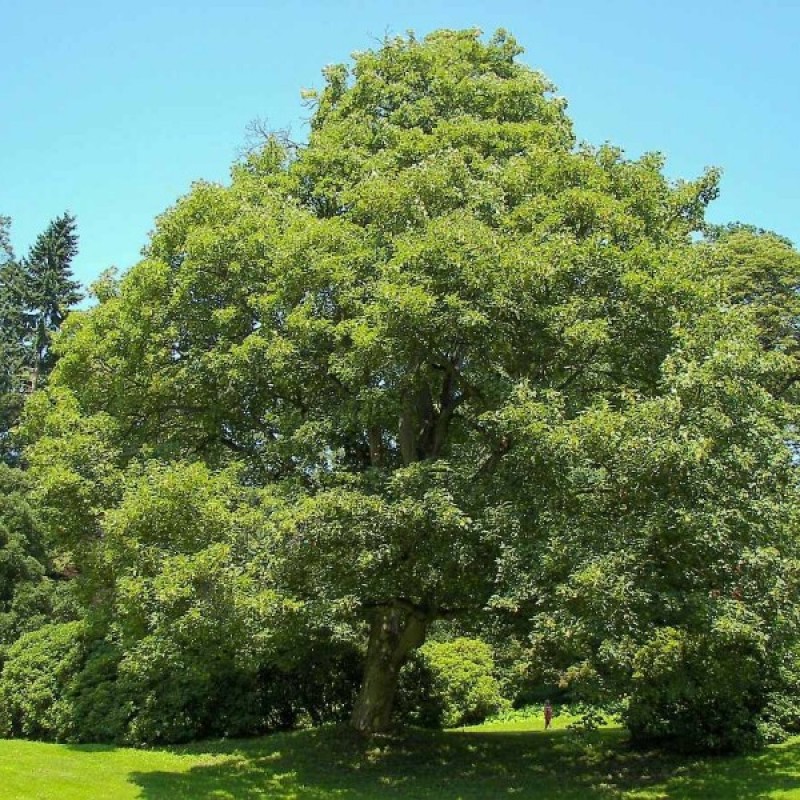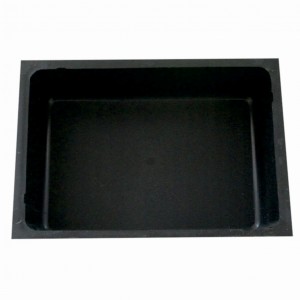







PAY ATTENTION!
All seeds (except SOLD OUT) are available for immediate shipping and will be dispatched within 1-2 business days.
INFORMATION NEEDED? PLEASE CONTACT US NOW!
An adaptable and variable maple, this native of Europe and West Asia typically forms a large wide-spreading tree. The deeply lobed dark green deciduous leaves resemble those of sycamore. They may turn yellow in fall. The winged fruits – known as samaras – drop from the tree in helicopter fashion. They are preceded by inconspicuous spring flowers. The bark is gray and flaky. Numerous cultivars have been selected, including yellow-, pink-, and purple-leaved forms.
Happy in almost any well-drained soil, this tough tree does well in sun or partial shade and tolerates drought and salt spray. It often self-sows in favorable environments, sometimes to the point of invasiveness. Use it as a shade tree for large properties or difficult sites, or employ its showy-leaved cultivars as accent plants. (source: learn2grow.com)
Genus - Acer
Species - Pseudoplatanus
Common name - Sycamore Maple
Pre-Treatment - Required
Hardiness zones - 4 - 8
Height - 15'-100' / 4.60 - 30 m
Spread - 15'-75' / 4.60 - 22 m
Plant type - Large Tree
Vegetation type - Decidious
Exposure - Full Sun, Partial Sun, Partial Shade
Growth rate - Fast
Soil PH - Acidic, Neutral, Alkaline
Soil type - Clay, Loam, Sand, Well Drained
Water requirements - Average Water
Landscape uses - Feature Plant, Shade Trees, Street Trees
Bloom season - Spring
Leaf / Flower color - Dark Green / Yellow, Yellow Green
GERMINATION INSTRUCTIONS
1. Start the cold stratification process in the end of the beginning of the year.
2. Place the seeds in a glass bowl and cover with room temperature water. Allow the seeds to soak for a minimum of 24 hours but no longer than 48 hours.
3. Hold a handful of sterile peat planting medium under a running faucet until the peat is soaked. Squeeze most of the water out of the peat, leaving it moist but not soggy. Place the moist peat into a zip-lock plastic bag.
4. Remove the seeds from the bowl of water and rinse them off under clean running water. Place up to three seeds into the plastic bag containing the peat. Use more peat and plastic bags if you want to germinate more than three seeds.
5. Push the seeds into the peat and seal the plastic bag. Shake the bag to distribute the peat so that it covers the seeds completely. The seeds must be buried in the moist peat in order to germinate.
6. Place the sealed bag in the bottom of the refrigerator. This will serve as the cold stratification. The seeds need to be kept at +4-+7C (34-46F) for a minimum of 60 days, but not longer than 90 days.
7. Open the plastic bag periodically to make sure the peat is still moist. Add water as needed to restore the moisture.
8. Check the weather forecast after 35 days. You can plant the seeds outdoors if all danger of frost has passed. You can wait up to 55 more days, if there is still a possibility of frost and plant the seeds as late as early summer.
9. Plant the seeds by removing them from the peat and rinsing them with clean water. Bury the seeds ensuring that the seeds are covered. Keep the soil moist until the seeds sprout.
Atsiliepimų apie šią prekę kol kas nėra.
No questions about this product.









